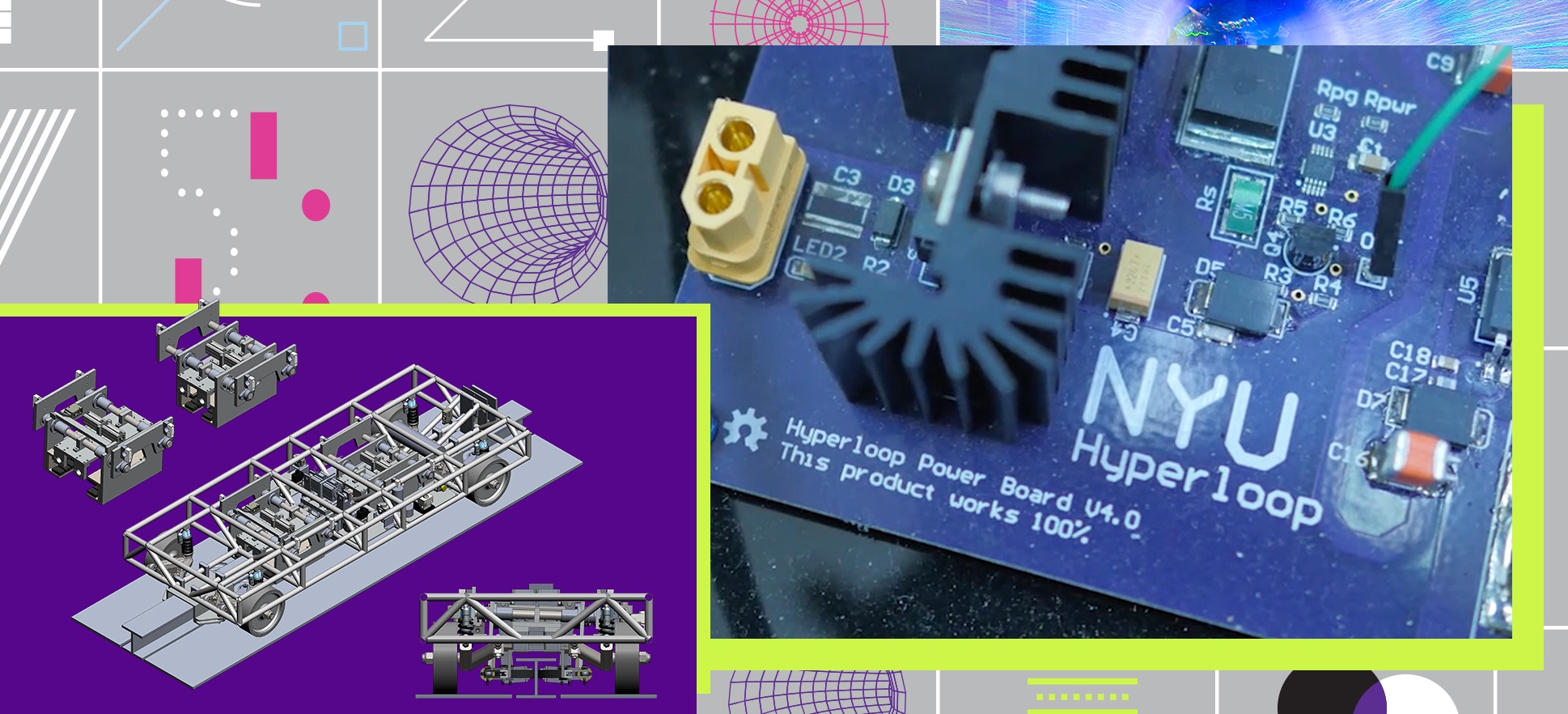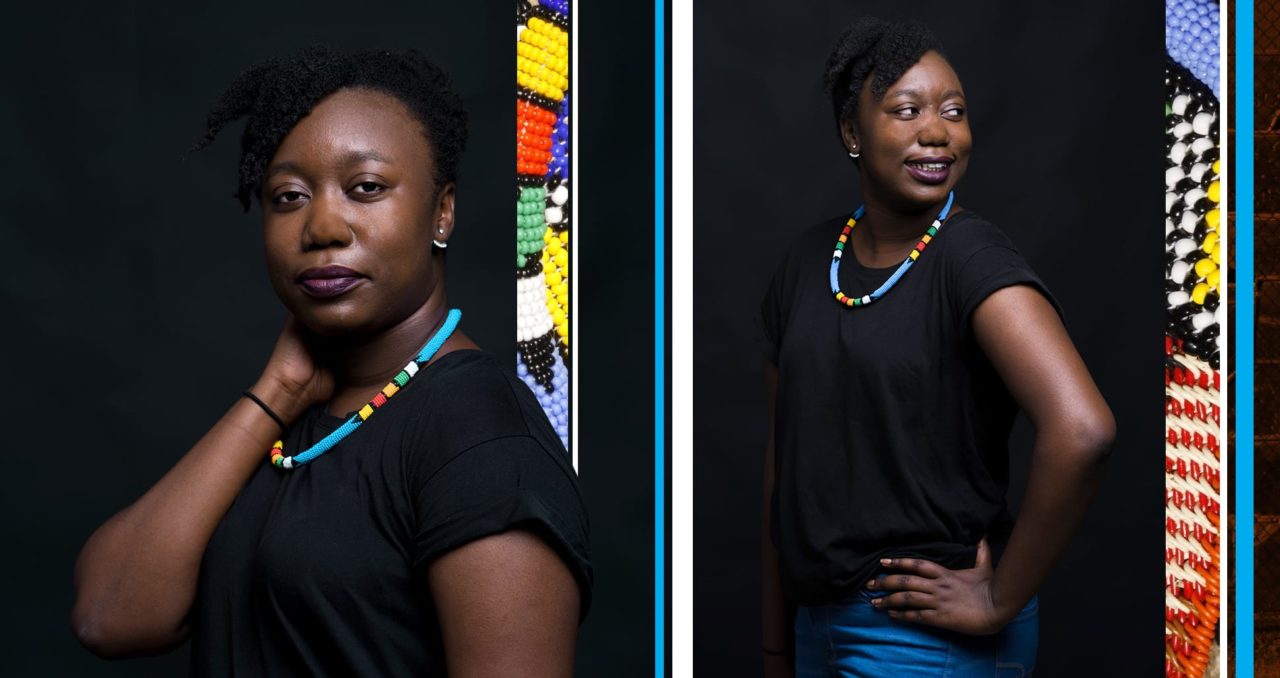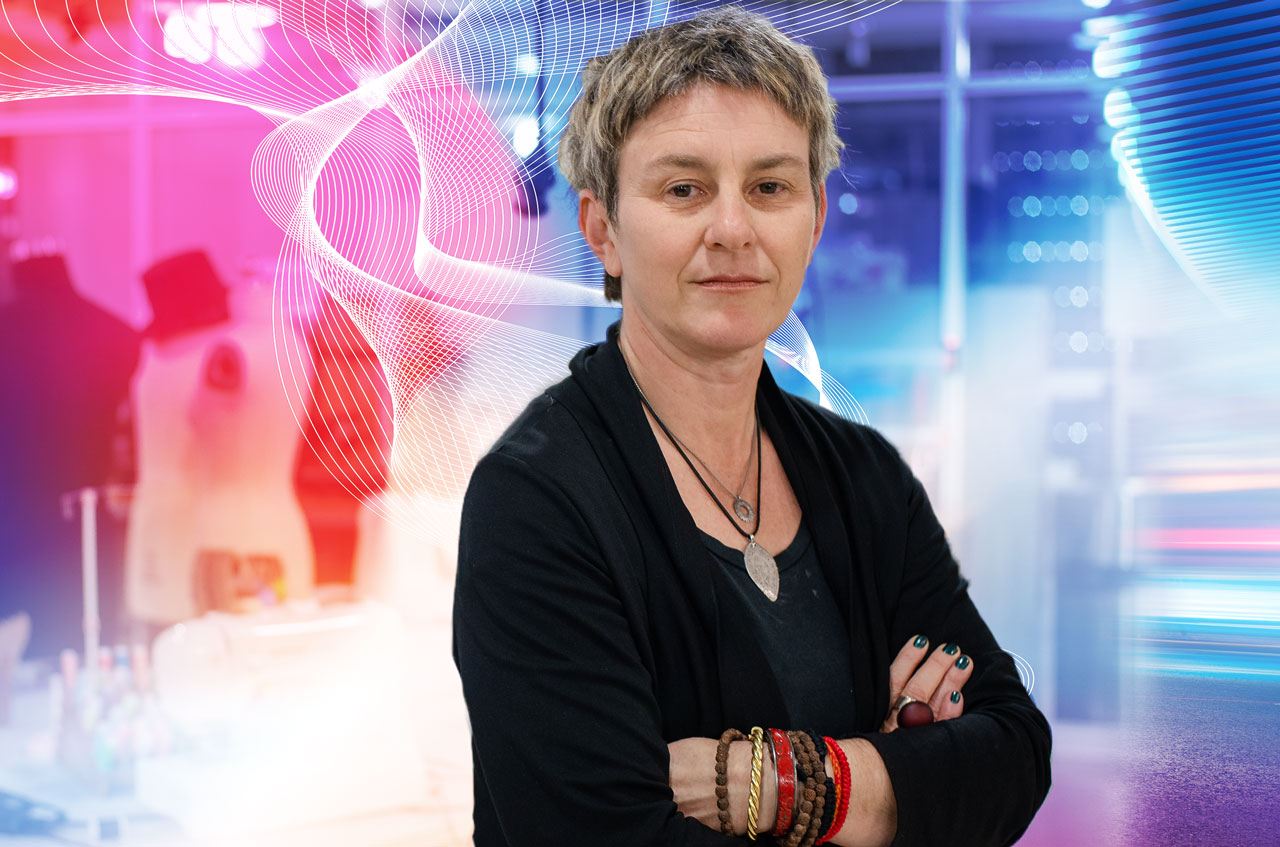![IMAGE 1: [NYU BOBST CARD CATALOG IS A WOODEN BOX CONTAINING DRAWERS OF INDEX CARDS ]](https://meet.nyu.edu/wp-content/uploads/2019/06/cover-hero2.jpg)
At the Tandon School of Engineering, scientists developed a virtual reality program to help stroke victims recover. A team at NYU Shanghai discovered that the way we speak our native language impacts how we acquire a second language. Researchers at NYU Langone Health created a glove like MRI detector to visualize hands in action. Scientists at NYU Abu Dhabi produced an easy-to-use powder that removes contaminants from water.
These discoveries, and others, are made every day at NYU, where research funding between 2010 and 2016 increased more than at any other top 40 university in the United States, according to the National Science Foundation.
Collaborate—and Accelerate Your Future
![IMAGE 2: [A SINGLE DRAWER FROM THE CATALOG FACING FORWARD WITH ILLUSTRATIONS DEPICTING RESEARCH TO THE RIGHT OF IT]](https://meet.nyu.edu/wp-content/uploads/2019/06/image-1.jpg)
Undergraduate students at NYU work hand in hand with faculty on some of the University’s most exciting and innovative research.
Students design and construct 3-D printed orthotics for cerebral palsy patients in Victoria Bill’s class. “Students acquire design skills, go to patient fittings, and learn how to work with doctors, occupational therapists, and patients,” says Bill, the founding manager of the MakerSpace Lab at the Tandon School of Engineering.
The focus on collaborative research extends to many health-related majors as well. Undergrads are essential in helping develop biomaterials for improved restorative dentistry in the lab of Dr. Yu Zhang, a professor at the NYU College of Dentistry. “By working with Dr. Zhang, I’m learning how biology, chemistry, and microbiology come together and how biomaterials can transform the lives of others,” says College of Global Public Health sophomore Mykhal Young.
Likewise, senior Nursing major Cameron Browne works with Meyers College of Nursing professor Yzette Lanier on her research into how adolescent romantic relationships influence sexual behaviors. Cameron intends to build an element of his career around sexual and reproductive health, so his collaboration with Professor Lanier is ideal. “The project provided me with a much deeper understanding of research and the intense level of critical thinking, analysis, and patience that one must bring to the table when in the lab,” he says.
NYU students have also accompanied faculty on research trips to many areas of the world. Over the summer, undergraduates traveled to 20 rural villages in the Philippines to facilitate workshops on women’s health. “These workshops are designed to educate Philippine women,” says Dr. Robert Hawkins, professor at the Silver School of Social Work and the trip’s leader, “but they also teach students how to collect data, note observations, and employ active listening techniques.”
Last year, Tisch School of the Arts senior Polly Jacobs traveled to Cuba with professor Dr. Andy Teirstein and his team to examine the roles of music and dance at geographic borders. During the trip, Polly conducted research, took master classes, and participated in an art exhibition featuring live music and dance. “The experience was wholly collaborative,” says Polly. “Professors play such an integral role in the progress of society, extending far beyond the classroom. Now, as an NYU graduate, I’m excited to continue collaborating with professors on projects that I started when I was a student.”
The Student-Led Charge Toward Discovery
NYU’s research is second to none because the University never waivers from its mission to educate students and encourage them to discover the unknown. This unyielding focus produces leading-edge student research in all 10 of NYU’s schools and colleges, research that could only be done here.
Have Hoverboard, Will Travel
How would it feel to navigate a shopping mall or airport atop a hoverboard scooter? Patrick Sheldon Ko Wee, an NYU Abu Dhabi student, wanted to know, so he developed an integrated hoverboard scooter and self-driving app system that allows riders to travel quickly and effortlessly through indoor settings. “This idea is designed to shorten travel times and allow people to enjoy different activities without thinking of routing and logistics,” says Patrick.
The Science of Serenity
Allie Neeson, a Neural Science major in the College of Arts and Science, looked at how having control in one stressful situation can affect the stress response in a new situation. “The premise of the project is that having the ability to stop a stressor, and thus alleviate the stress from the situation, decreases the effect of stressors in future scenarios,” said Allie. The findings of the study could lead to the development of better treatments and interventions for anxiety-related disorders.
![IMAGE 3: [A PROFILE VIEW OF A SINGLE DRAWER FROM THE CATALOG WITH ILLUSTRATIONS DEPICTING RESEARCH ABOVE IT]](https://meet.nyu.edu/wp-content/uploads/2019/06/image-3.jpg)
Bringing Breast Self-Exams into 2019
A Stern School of Business undergraduate collected data from 855 mammograms and compared those results to the same patients’ self-reported breast exams. “We found the results of self-exams often ran counter to the mammogram results,” Cara Salvatore, the student researcher says. “New breast health campaigns that promote tracking over time could reconcile this issue. Just as a woman can turn to her FemTech app to report her last period, she can use an app with breast-health functionality to aggregate symptoms over time and alert her when a symptom is more alarming.”
Reimagining North Korea
At the Gallatin School of Individualized Study, a student researcher, Hannah Baek, examined how visual media demonizes, dehumanizes, and infantilizes North Korea—failing to properly historicize the country’s ideology and obscuring what’s really going on there. “By planting representations of North Korean values in its history, we begin to see how their growth has been a natural historical progression, which makes more room for understanding,” she says.
“Moving forward, I think it’s extremely important that North Korean voices come to the foreground,” says Hannah. “Because when we have the benefit of true, first-person accounts of what the North Korean people are really like, there is less chance of our viewing them and their society as despotic and evil, giving us less justification for taking military action.”
You Can Change the World. We’re Here to Help.
![IMAGE 4: [A SIDE ANGLE VIEW OF A SINGLE DRAWER FROM THE CATALOG WITH INDEX CARDS SITTING IN IT]](https://meet.nyu.edu/wp-content/uploads/2019/06/image-4.jpg)
NYU Steinhardt undergraduates have the opportunity to receive up to $1,000 to conduct a research study or creative project under the supervision of a faculty mentor.
NYU Stern students engage one-on-one with Stern faculty to learn research methodologies used in the field and directly support their groundbreaking research.
An endowed fund that provides grants to assist a student’s own research, whether to help with the gathering of data and information or the presentation of the results at an academic conference.
Applicants for these awards design their own projects and work with advisers at foreign universities or other institutes of higher education. There are also field-specific awards available in the arts, business, journalism and communication, public health, science, technology, engineering, and mathematics.


